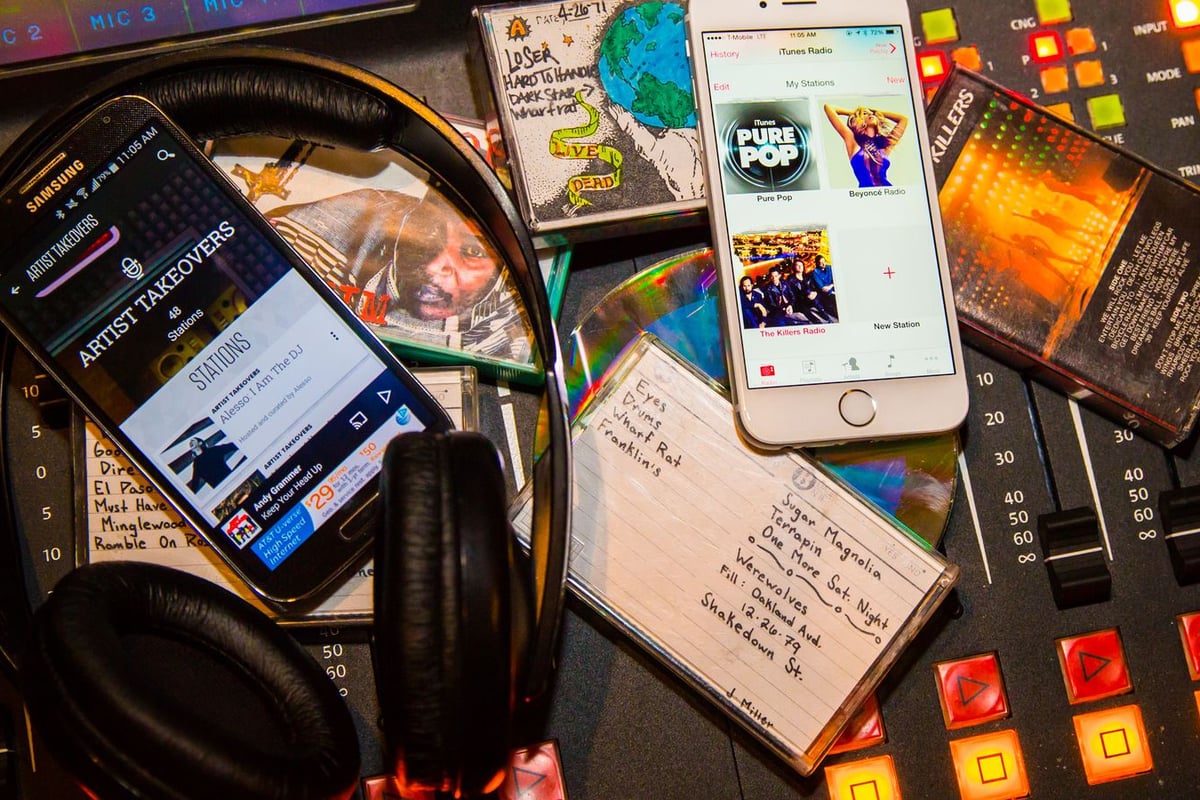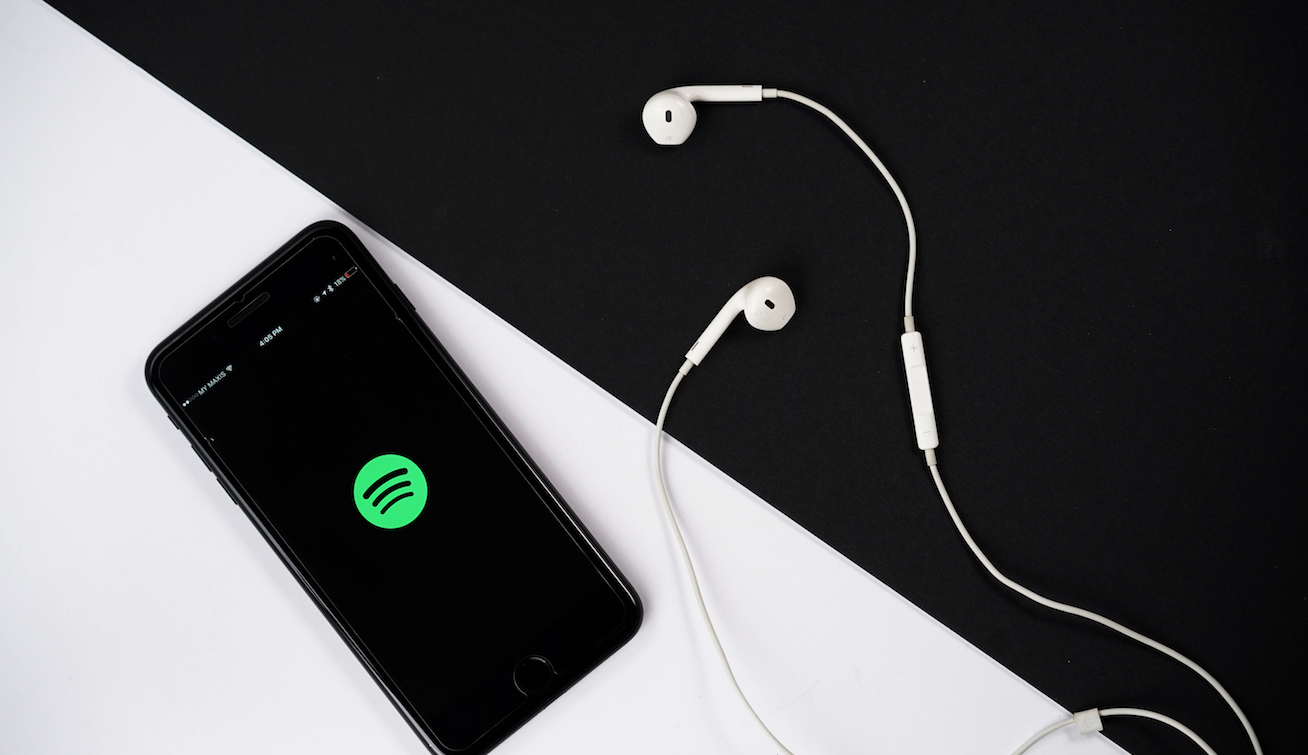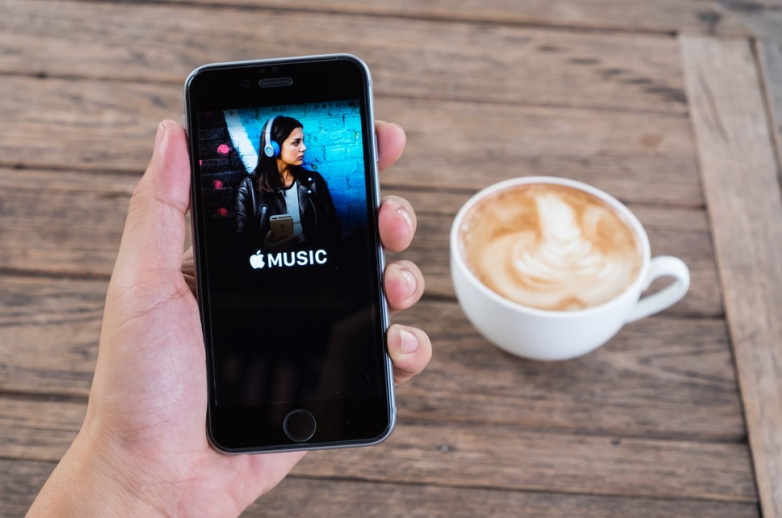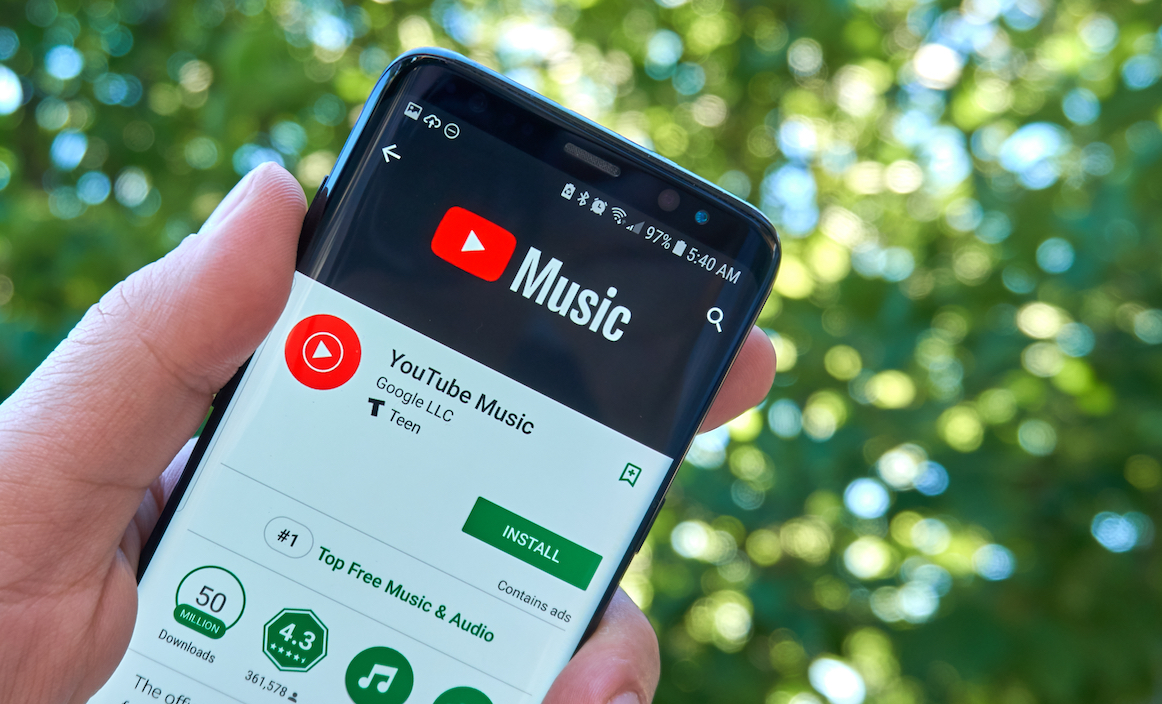Spotify, Apple and YouTube Music enjoy revenue, subscriber boosts

Expectations that global music streaming would start plateauing from 2020 were certainly put to rest by the pandemic lock-ins.
The latest quarterly figures from Spotify, Apple Music and YouTube Music show a continued rise of healthy revenues and paying subscribers.
Obviously, consumers and advertisers were returning to pre-COVID behaviour.
After artists pulled the reins on releasing fresh product early in the pandemic, during Q3 new releases were up 12% on Q2, helped by Taylor Swift’s new album and BTS’s latest ‘Dynamite’.
On Spotify alone, Swift set a new record in June for the most first-day album streams by a female while BTS had the biggest global first-day for a single in 2020 with 12.6 million.
At the same time, the escalating popularity of K-pop girl group BLACKPINK saw them become the second most subscribed music act on YouTube last month after adding eight million new subscribers over three months.
Their new total of 48.8 million followers beat DJ Marshmello’s 48.7 million but was still behind Justin Bieber’s 57.2 million at the time of writing.
SPOTIFY

Spotify’s third-quarter (three months ending September 30) saw it reach 144 million paid subscribers, with six million new payers since Q2.
The 29% YoY growth of total monthly active users (MAUs) to 320 million beat expectations with a strong performance in both Russia and India.
Total revenue of €1.97 billion (AU$ 3.2 billion) was up 14% on Q3 2019 and a 5% rise on Q2. Most of this revenue was due to subscriber income growing from 15% YoY to €1.79 billion ($2 billion).
Other factors were the service opening in new markets like Russia as well as a higher-than-expected return to its ad business to €185 million ($307 million) – a 41% growth on Q2 and a 9% rise YoY led by its podcast and Ad Studio channels.
“Spotify’s flywheel is accelerating faster with every new user and creator that comes on our platform,” Spotify’s founder and CEO Daniel Ek said.
“We’re building the world’s largest audio network and it’s clear that our strategy is working.”
Forecasting for Q4, Spotify expects users to reach 345 million, subscribers between 150 and 154 million and revenue of between €2 billion ($3.3 billion) to €2.2 billion ($3.6 billion).
APPLE MUSIC

Apple Music set a new quarterly revenue record with its services division generating US$14.5 billion for its fiscal Q4 covering three months which ended on September 26.
Also posting a new all-time high record was Mac as more stay-at-homes used its products, said CEO Tim Cook. He described the fiscal year as “defined by innovation in the face of adversity.”
Apple overall generated $64.7 billion in the quarter, with 59% of sales from outside the US.
It did not provide an update on the number of Apple Music subscribers. But total paid subscribers for all the offerings of the services division grew by 35 million to 585 million subscribers, which is expected to be 600 million by December 31.
The last reported number for Apple Music was 60 million, making it second only to Spotify, with Amazon Music at 55 million in January 2020.
On October 30, the tech giant launched its long-awaited Apple One bundled subs for music, TV, games and iCloud storage starting at $15 a month.
It is available in 100 countries, but only Australia, the US, UK and Canada have the Premier plan which has more storage and subscriptions with Fitness+ and Apple News+.
YOUTUBE MUSIC

YouTube Music’s Q3 saw it reach 30 million subscribers plus five million on free trials, reported parent Alphabet’s CEO Sundar Pichai.
That figure was 20 million when Alphabet announced its Q4 2019 earnings.
Alphabet didn’t break down YouTube Music revenue.
Consumers subscribe to YouTube Music either via its app or YouTube Premium, which bundles in access to paid-for YouTube Music.
YouTube itself drew $5 billion in ad revenue (up 32% YoY), although there would have been more revenue from subscriptions and movie rentals.
Google Play shuttered in October to make way for YouTube Music but the transition was far from seamless, leading some users to declare they would switch to another service.
YouTube’s stand-off with the music industry over its royalty rate increased after US analytics firm Pex revealed mid-year that the platform relied more on music than ever.
Music makes up 5% of its content but 22% of views – a 2% rise in the past 12 months.
As of June 2020, an estimate by Roy Morgan found that of the 12.7 million Australians who are music streamers, 8 million use Spotify (up by 4.4 million or +122% since 2017),.
YouTube Music (including Google Play Music) is used by 5.5 million Australians, with Apple Music and SoundCloud at third and fourth place.






























